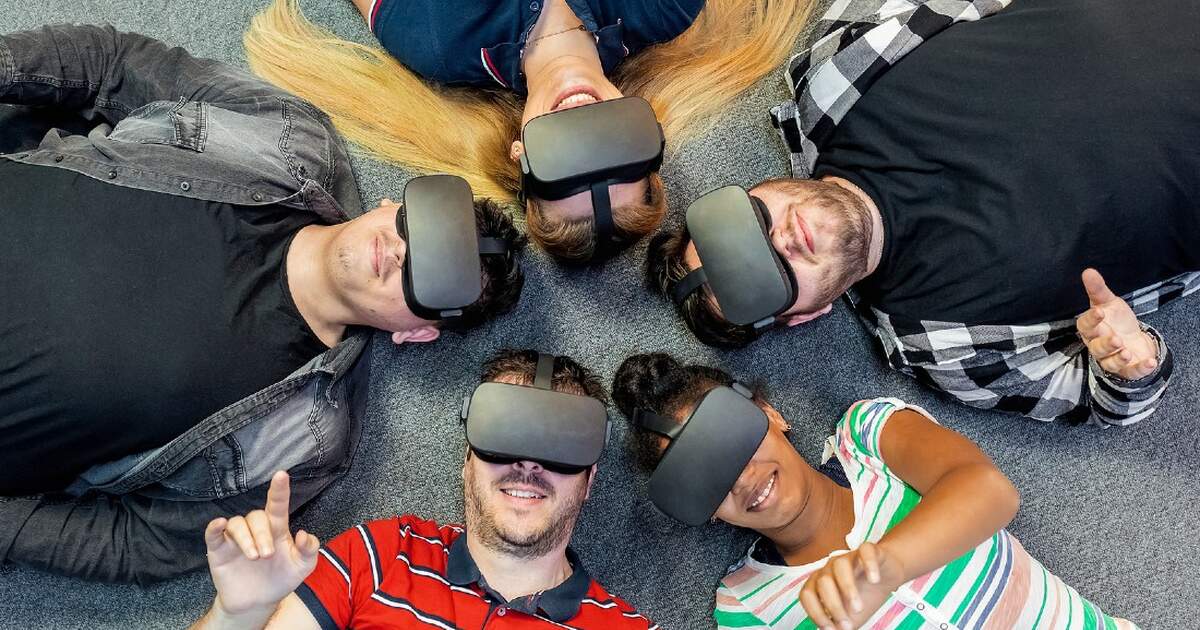German telecommunications provider Deutsche Telekom is developing hologram technology to “merge virtuality with reality”.
The technology will create 3D rendered imagery from smartphones
Alongside Orange, Telefónica, Vodafone and Slovakian deep tech company MATSUKO, Deutsche Telekom is developing hologram technology to make “holographic calls as easy and simple as making a straightforward phone call”, Vodafone said in a press release last week.
The head of global devices partnerships at Deutsche Telekom, Sven von Aschwege, said that the international companies have decided to work together since “[holographic calls] only really make sense if they work with everyone and not just with a company’s customers.” The hologram will be created with a 5G internet connection and a smartphone selfie camera, and will create a 2D image which is then rendered into a real-time 3D image.
If the news makes you feel like you’re living in the future, a quick look at MATSUKO’s website will bring you back to reality. In a promotional video showing off how the company sees their technology shaping the working life of tomorrow, a businesswoman’s disembodied head and shoulders (three times the size of her real head) is shakily projected on the other side of a meeting room. Her colleague stands holding a smartphone at arm’s length to project the image.
If anything, the technology seems to have worsened since 2012, when Coachella crowds were blown away by a hologram of deceased rapper Tupac appearing on stage with Snoop Dogg and Dr Dre. Maybe MATSUKO should have invited Tupac to the business meeting instead.
When will Telekom hologram technology be available?
This is hard to say. The group of communications companies have announced that the first stage of collaboration has been completed and that they will “continue improving the underlying technology, with a focus on quality of service”. The group is also now developing the possibility of “broadcast quality” holograms, which would allow people to watch events and talks as if they were physically present, known as “one-to-many” hologram technology. “One-to-one” technology is also being further developed, which could see interactions like job interviews move into the metaverse.
Speaking of his personal excitement for the new technological possibilities everyday holograms will bring, Von Aschwege said, “Making phone calls as if the person I’m talking to is standing in front of me is one such dream that is now moving closer to reality.”
By clicking subscribe, you agree that we may process your information in accordance with our privacy policy. For more information, please
visit this page.










